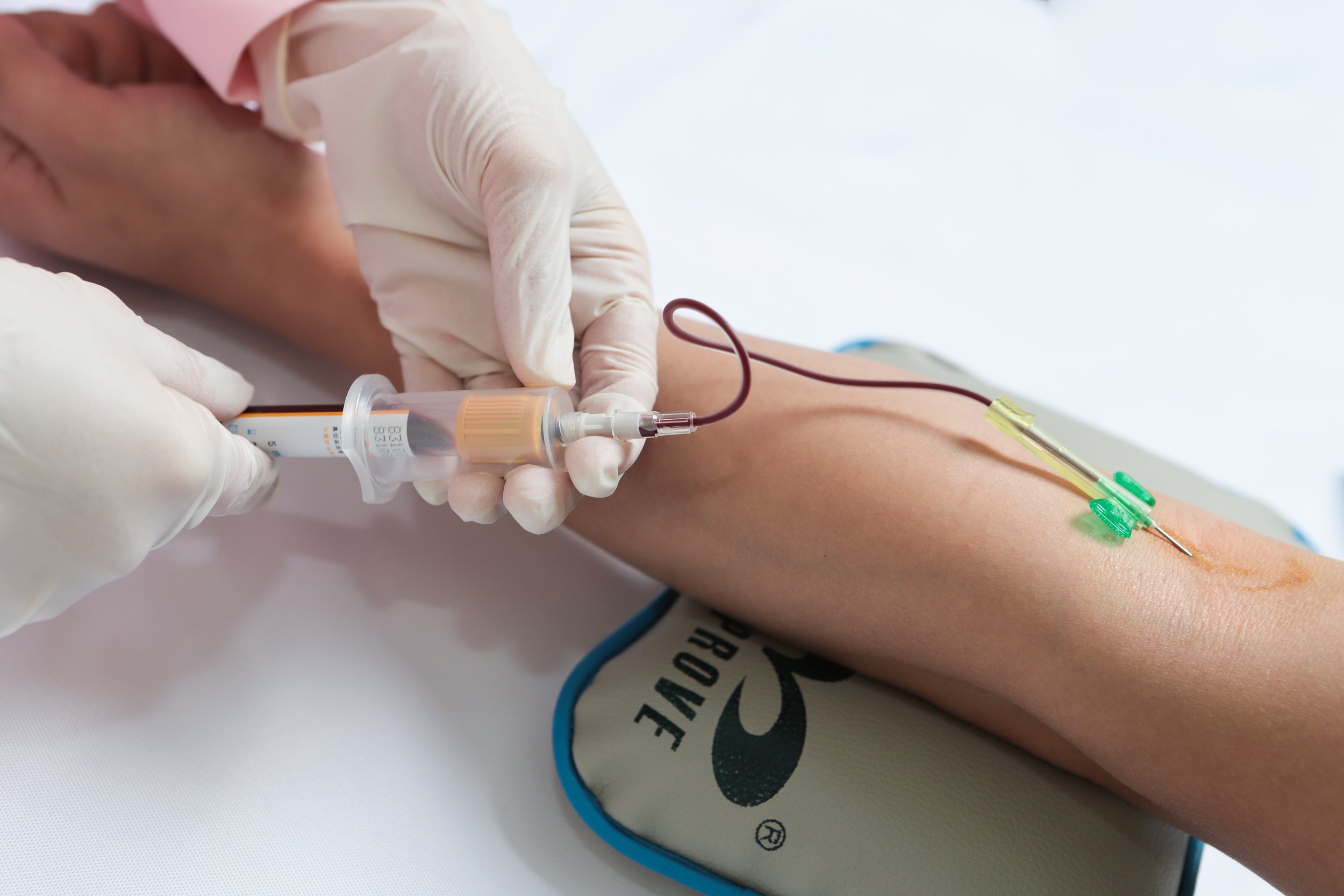Effective Implementation of Corrective Actions for Proficiency Testing Failures in Medical Labs and Phlebotomy Settings
Summary
- Proficiency Testing failures can occur in medical labs and phlebotomy settings in the United States
- Effective corrective actions are crucial to ensure quality and accuracy in testing procedures
- Steps must be taken to address deficiencies and prevent future failures
Introduction
Proficiency Testing is an essential component of maintaining quality and accuracy in medical labs and phlebotomy settings in the United States. However, failures can occur, leading to the need for corrective actions to be implemented promptly. In this article, we will discuss the steps that should be taken to ensure that corrective actions are effectively implemented following Proficiency Testing failures.
Identify the Root Cause
Before implementing any corrective actions, it is crucial to identify the root cause of the Proficiency Testing failure. This may require a thorough investigation to pinpoint where the breakdown in the testing process occurred. Some common reasons for Proficiency Testing failures include:
- Human error
- Equipment malfunction
- Procedural deviations
- Communication breakdown
Develop a Corrective Action Plan
Once the root cause of the Proficiency Testing failure has been identified, a corrective action plan should be developed. This plan should outline specific steps that need to be taken to address the deficiencies in the testing process and prevent future failures. Some key components of a corrective action plan include:
- Assigning responsibility to individuals or teams for implementing the corrective actions
- Setting a timeline for completing the corrective actions
- Implementing additional training or education for staff members to address any knowledge gaps
- Updating standard operating procedures to prevent similar failures in the future
Implement Corrective Actions
After the corrective action plan has been developed, it is essential to implement the necessary changes promptly. This may involve retraining staff members, recalibrating equipment, or making procedural adjustments. Communication is key during this phase to ensure that all staff members are aware of the changes being implemented and understand their roles in maintaining compliance.
Monitor and Evaluate the Effectiveness of Corrective Actions
Once the corrective actions have been implemented, it is crucial to monitor and evaluate their effectiveness. This may involve ongoing Proficiency Testing to ensure that the testing process is functioning correctly. Regular audits and reviews should also be conducted to identify any lingering issues and address them promptly.
Document Everything
Throughout the process of addressing Proficiency Testing failures and implementing corrective actions, it is essential to document everything thoroughly. This includes documenting the root cause of the failure, the steps taken to address the deficiency, and the outcomes of the corrective actions. Proper documentation is crucial for regulatory compliance and can also serve as a valuable resource for future reference.
Conclusion
Proficiency Testing failures can happen in medical labs and phlebotomy settings in the United States, but with the right approach, these failures can be turned into opportunities for improvement. By identifying the root cause of the failure, developing a corrective action plan, implementing changes, monitoring effectiveness, and documenting everything, labs can ensure that corrective actions are effectively implemented and quality and accuracy are maintained in testing procedures.

Disclaimer: The content provided on this blog is for informational purposes only, reflecting the personal opinions and insights of the author(s) on the topics. The information provided should not be used for diagnosing or treating a health problem or disease, and those seeking personal medical advice should consult with a licensed physician. Always seek the advice of your doctor or other qualified health provider regarding a medical condition. Never disregard professional medical advice or delay in seeking it because of something you have read on this website. If you think you may have a medical emergency, call 911 or go to the nearest emergency room immediately. No physician-patient relationship is created by this web site or its use. No contributors to this web site make any representations, express or implied, with respect to the information provided herein or to its use. While we strive to share accurate and up-to-date information, we cannot guarantee the completeness, reliability, or accuracy of the content. The blog may also include links to external websites and resources for the convenience of our readers. Please note that linking to other sites does not imply endorsement of their content, practices, or services by us. Readers should use their discretion and judgment while exploring any external links and resources mentioned on this blog.
